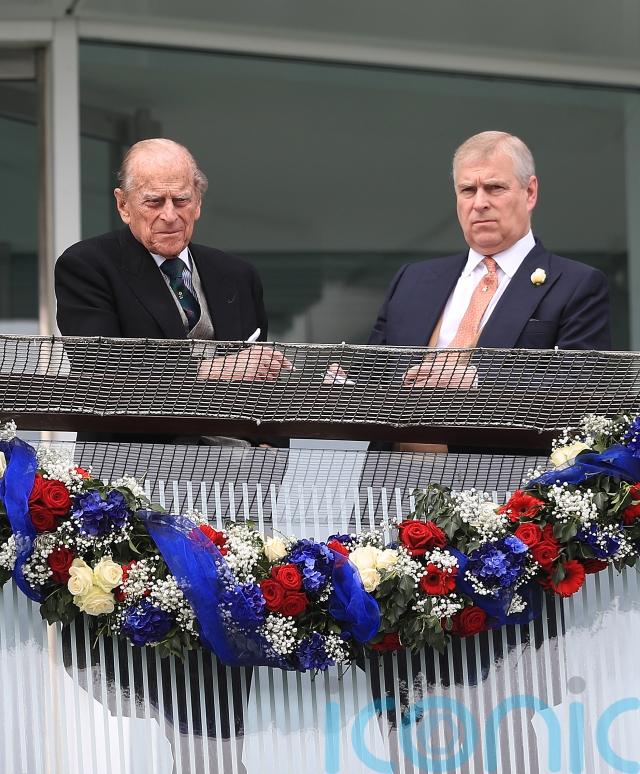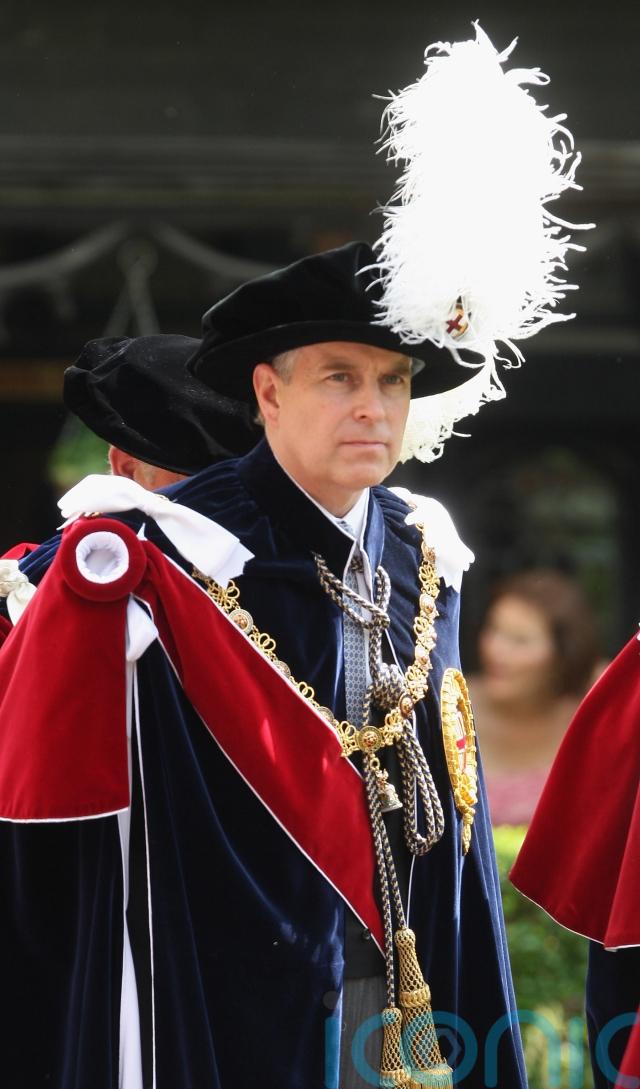
The former duke of York became known as Andrew Mountbatten Windsor with immediate effect from October 30 2025.
It was announced in 1960 that the Queen’s direct descendants – other than those with the style of royal highness and the title of prince or princess – when they needed a surname would use Mountbatten-Windsor.
Eight years previously, after Elizabeth II’s accession in 1952, the Queen declared that the royal family’s surname would still be Windsor and not Mountbatten, much to the Duke of Edinburgh’s annoyance.

“I’m just a bloody amoeba,” he is said to have shouted, when learning his children would not bear his surname, complaining he was the only man in the country not allowed to do so.
But in the end, the Queen, in a gesture to her aggrieved husband, gave him a concession.
The surname has always been hyphenated, and the hyphen between Mountbatten and Windsor appears in an official declaration by the Queen dated February 8 1960 in which she says: “My descendants other than descendants enjoying the style title or attribute of Royal Highness and the titular dignity of Prince or Princess and female descendants who marry and their descendants shall bear the name of Mountbatten-Windsor.”
It also currently appears written as Mountbatten-Windsor on the royal family’s official website.
But the hyphen was absent from Buckingham Palace’s statement on Thursday evening.
“Prince Andrew will now be known as Andrew Mountbatten Windsor,” the statement said.
When asked about the absence of a hyphen, a Buckingham Palace spokeswoman said: “Andrew Mountbatten Windsor was the name agreed.”
The surname Mountbatten-Windsor first appeared on an official document in 1973, in the marriage register at Westminster Abbey for the wedding of Princess Anne to Captain Mark Phillips.

The Duke and Duchess of Cambridge used the surname during an invasion of privacy court case in France over photos taken of Kate while she was on holiday in 2012.
The Earl and Countess of Wessex’s 15-year-old daughter is Lady Louise Mountbatten-Windsor, although it was announced when her name was revealed in 2003 that she would be known as Lady Louise Windsor.
The Duke and Duchess of Sussex’s children are now listed on royal.uk’s line of succession page as Prince Archie of Sussex and Princess Lilibet of Sussex, but previously they were Master Archie Mountbatten-Windsor and Miss Lilibet Mountbatten-Windsor.
The royal family’s website says that unless the Prince of Wales chooses to alter the present decisions when he becomes king, he will continue to be of the House of Windsor and his grandchildren will use the surname Mountbatten-Windsor.
Philip became a naturalised British subject ahead of his 1947 wedding to Princess Elizabeth.
He ditched his surname Schleswig-Holstein-Sonderburg-Glucksburg – the family name of the Danish royal house from which his father was descended – for Mountbatten, an Anglicised version of Battenberg, his mother’s family name.
The royal family’s name was radically switched to Windsor more than 100 years ago because of anti-German feeling during the First World War.
King George V decided that it was inappropriate for the royals to hold the German name Saxe-Coburg-Gotha – which came to the family in 1840 with the marriage of Queen Victoria to Prince Albert – while Britain was fighting Germany.
On July 17 1917, the king issued a royal proclamation changing the royals’ house and surname, declaring that they would “be styled and known as the House and Family of Windsor”.
Subscribe or register today to discover more from DonegalLive.ie
Buy the e-paper of the Donegal Democrat, Donegal People's Press, Donegal Post and Inish Times here for instant access to Donegal's premier news titles.
Keep up with the latest news from Donegal with our daily newsletter featuring the most important stories of the day delivered to your inbox every evening at 5pm.